In the world of contemporary art, the terms layered media and mixed media are often used interchangeably—but they represent distinct approaches to creative process and material use. Understanding the difference between these two practices can help artists refine their technique, communicate their intent more clearly, and push the boundaries of visual storytelling.
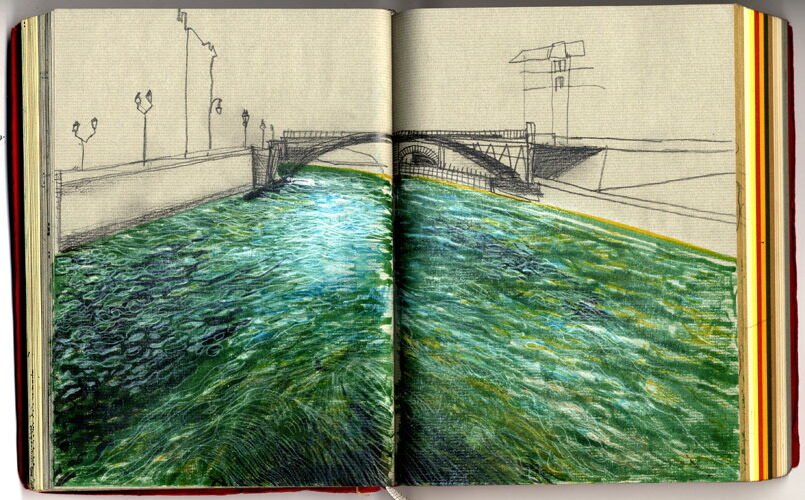
credit: MAGDA
What Is Mixed Media Art?
Combining Materials with Intention
Texture, Contrast, and Narrative in Every Layer
Mixed media art refers to the intentional combination of different artistic materials or mediums within a single artwork. It’s not just about variety—it’s about dialogue between materials. Artists might blend acrylic paint, collage, found objects, textiles, ink, or digital elements to create pieces that are layered, tactile, and conceptually rich. This approach invites experimentation and often leads to unexpected discoveries in both form and meaning.
Characteristics of Mixed Media
What Makes It Distinct
- Material Diversity: Artists use two or more distinct mediums (e.g., watercolor and graphite, or photography and paint).
- Conceptual Fusion: The goal is often to create contrast, texture, or narrative through the interplay of materials.
- Surface Integration: Mixed media works may be built on canvas, paper, wood, or unconventional surfaces like metal or fabric.
These characteristics allow mixed media to transcend traditional boundaries, offering artists a way to layer meaning, challenge expectations, and build immersive visual experiences.
Common Mixed Media Techniques
Methods That Invite Play and Discovery
- Collage and assemblage
- Paint layered over photography
- Ink combined with textile or thread
- Found object incorporation
- Digital and analog hybrid compositions
Each technique opens new doors for storytelling, texture, and emotional resonance. Whether you’re layering vintage ephemera or stitching into watercolor, mixed media invites you to build your own vocabulary of materials.
What Is Layered Media Crossover?
Beyond Mixing—Sequencing with Intention
Transparency, Transformation, and Material Dialogue
Layered media crossover is a more nuanced approach to mixed media—it’s not just about combining materials, but about sequencing them deliberately across multiple stages or dimensions. Each layer is applied with intent, often allowing for drying, curing, or reactive interaction before the next is introduced. The goal isn’t just variety—it’s transformation. Artists use this method to build depth, translucency, and narrative tension, where each stage informs the next and materials behave in unexpected, expressive ways.
Defining Features of Layered Media
What Sets It Apart
- Sequential Process: Materials are applied in distinct layers, often with intentional pauses between stages to allow for drying, curing, or settling.
- Dimensional Depth: Artists build visual or tactile depth using translucent, absorbent, or reactive materials that shift with each layer.
- Cross-Medium Interaction: The focus is on how materials behave when layered—how ink bleeds into gesso, how graphite reacts to acrylic glaze, or how pastel sits atop watercolor.
This approach encourages artists to observe, respond, and adapt as each layer evolves, creating work that feels alive and multidimensional.
Examples of Layered Media Crossover
Real-World Combinations That Transform the Surface
- Watercolor base with pastel overlay and resin finish
- Ink drawing layered under acrylic washes and textured gel
- Digital print enhanced with hand-painted details and varnish
- Transparent film layered over textured collage
Each example showcases how layering stages can create contrast, luminosity, and unexpected harmony. Whether you’re working analog, digital, or hybrid, layered media crossover invites you to build meaning one layer at a time.
Sketchbooks.org | VISUAL RESEARCH HUB
Layered Media vs Mixed Media Art
Visual research is critical for any creative endeavor. We have compiled specialized links to lead you directly to images, videos, and inspiration for "Layered Media vs Mixed Media Art" across the web's best visual search platforms.
Key Differences Between Mixed Media and Layered Media
While both approaches involve multiple materials, their intent and execution differ significantly.
| Feature | Mixed Media Art | Layered Media Crossover |
|---|---|---|
| Material Use | Combines different mediums | Applies mediums in layered sequence |
| Focus | Diversity and contrast | Depth and transformation |
| Surface Interaction | Often flat or collage-based | Often dimensional or translucent |
| Process | May be spontaneous or additive | Often planned and reactive |
| End Result | Juxtaposed textures and styles | Integrated layers with evolving effects |
Why the Distinction Matters
Mixed vs. Layered Media—Knowing What You’re Building
Intent, Technique, and Creative Expansion
Understanding the difference between mixed media and layered media crossover empowers artists to work with greater clarity and control. These approaches may share materials, but their purpose, process, and outcomes diverge in meaningful ways. Mixed media celebrates eclecticism and contrast, while layered media focuses on depth, transparency, and transformation. Knowing which path you’re on helps you communicate your intent, refine your technique, and unlock new creative possibilities.
When to Use Mixed Media
Ideal for Contrast, Texture, and Bold Expression
Mixed media is a strong choice when your goal is to:
- Explore contrast and juxtaposition
- Incorporate found objects or unconventional materials
- Create bold, eclectic compositions
- Work quickly and intuitively
This approach thrives on immediacy, surprise, and material diversity, making it perfect for expressive, collage-driven, or experimental work.
When to Use Layered Media Crossover
Best for Depth, Atmosphere, and Evolving Surfaces
Layered media is especially effective when you want to:
- Build depth and atmosphere
- Create subtle transitions between materials
- Explore transparency and texture
- Develop work over time with curing or drying stages
This method rewards patience, sequencing, and material sensitivity, allowing each layer to inform the next with nuance and intention.
Tips for Artists Exploring Both Approaches
Navigate the Crossover with Confidence
- Start with Intent: Decide whether your goal is contrast (mixed media) or depth (layered media).
- Test Material Compatibility: Some mediums don’t layer well—always experiment before committing.
- Document Your Process: Especially with layered media, tracking each stage helps refine technique and avoid surprises.
- Use Transparent Layers: Glazes, washes, and films can add dimension without overpowering previous layers.
- Balance Composition: Whether mixing or layering, ensure your materials serve the overall visual harmony.

Sketchbooks.org | ON LOCATION
Sketching Street Portraits During Lunch
Why Sketching Street Portraits is a Creative and Social Experience A lunch break can be more than just a time to recharge—it can be an opportunity to boost your creativity and add dynamic energy to...
Frequently Asked Questions
What is the main difference between mixed media and layered media?
Mixed media combines different materials, while layered media focuses on how materials interact across stages.
Can a piece be both mixed and layered media?
Yes, many artworks incorporate both approaches, blending diverse materials in layered sequences.
Is layered media more complex than mixed media?
Layered media often requires more planning and technical control, but both can be complex depending on execution.
Which approach is better for beginners?
Mixed media is more accessible for experimentation, while layered media benefits from foundational skills.
Do layered media pieces take longer to complete?
Often yes, due to drying times and sequential application.
What surfaces work best for layered media?
Canvas, wood panels, and treated paper are ideal for supporting layered techniques.
Can digital art be considered mixed or layered media?
Yes, especially when combining digital and analog elements or layering effects in software.
How do I know which method suits my style?
Try both—your creative goals and preferred materials will guide your choice.
Are there specific tools for layered media?
Palette knives, glazing brushes, and texture mediums are commonly used in layered work.
Final Thoughts
Mixed media and layered media crossover are both powerful tools in the artist’s arsenal. While mixed media celebrates diversity and contrast, layered media invites depth and transformation. Understanding their differences empowers you to choose the right approach for your vision, refine your technique, and create work that resonates with clarity and intention. Whether you’re building up textures or blending materials into a cohesive whole, the key is to stay curious and let your process evolve.
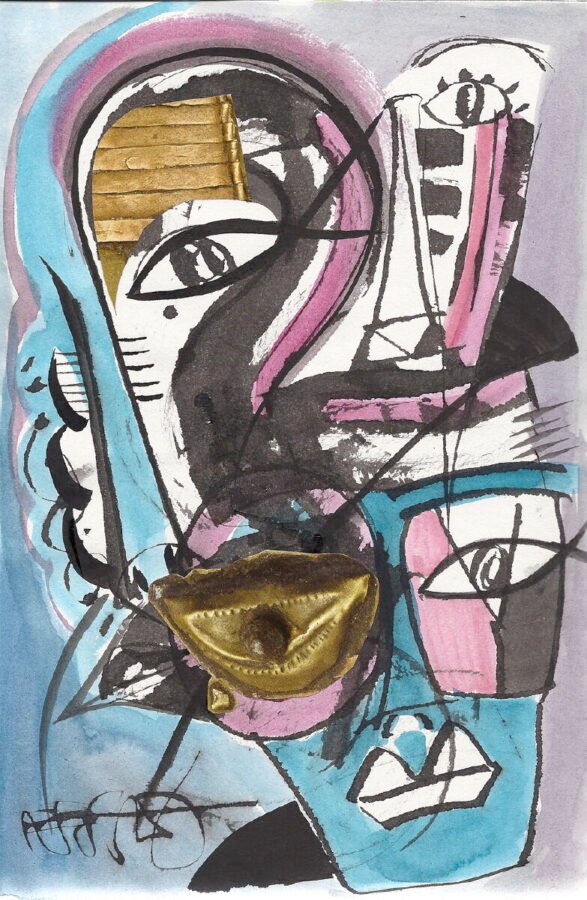
credit: AZZDOODLE
Ready to Share Your Work?
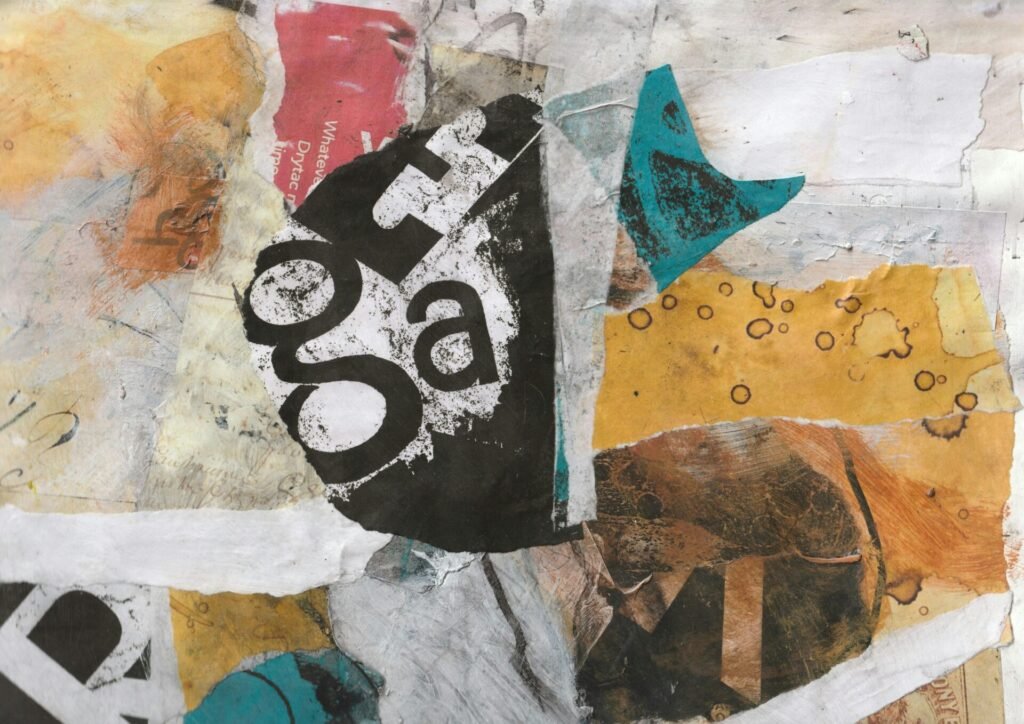

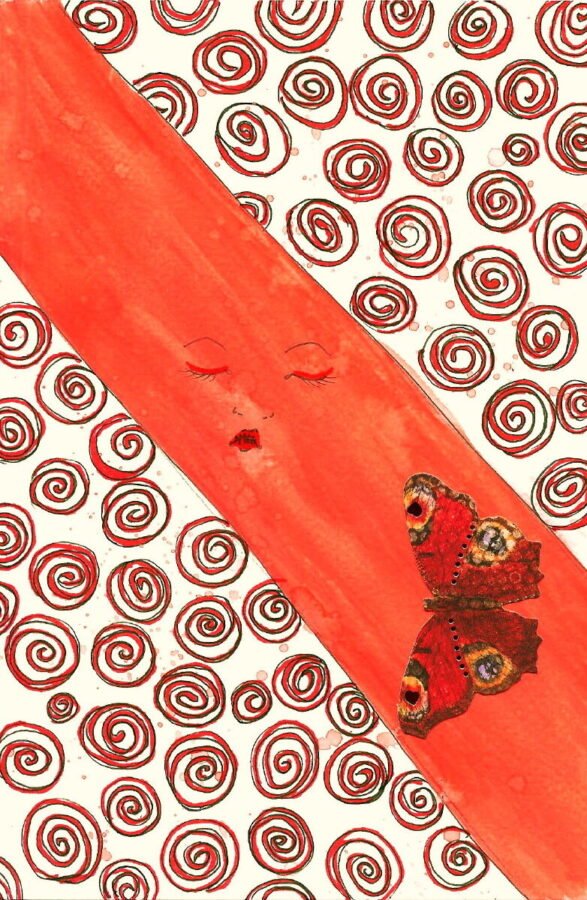
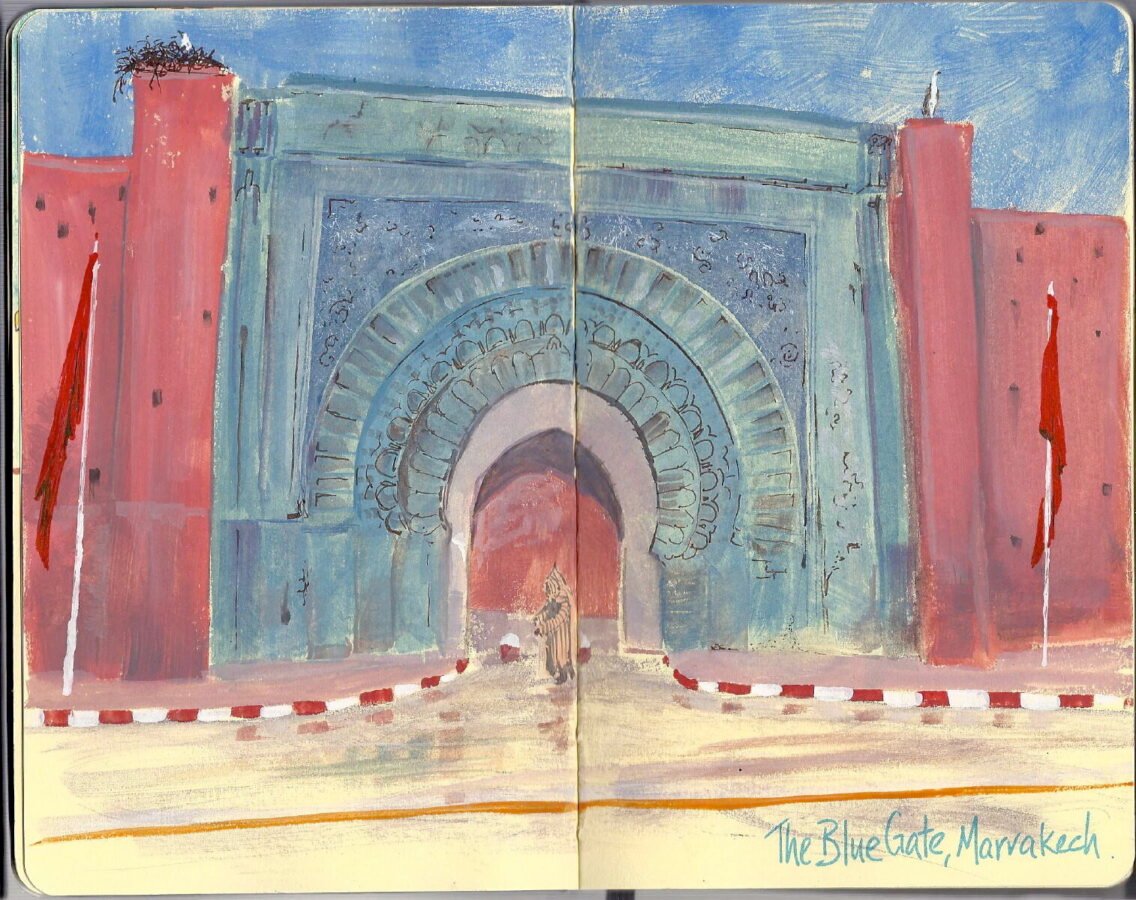
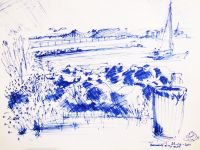
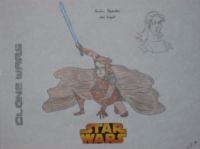
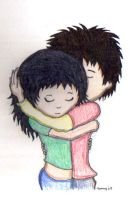

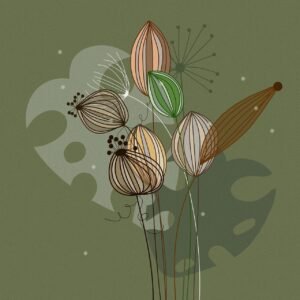
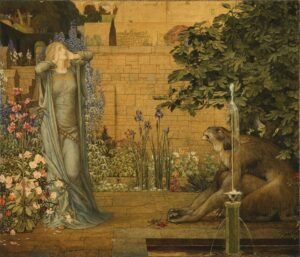
I just say my stuff is mixed media and it covers all the bases.
Love love love layering!!
It all goes on. Everything is a drawing tool